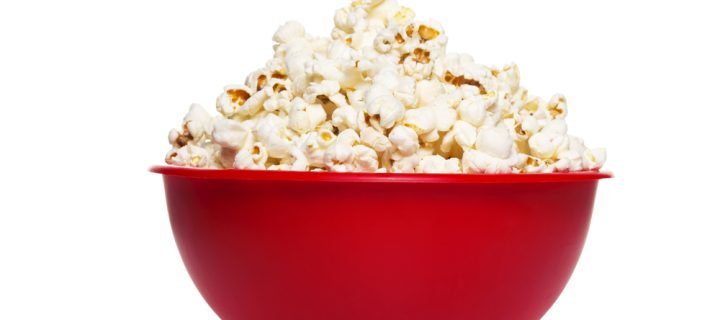People who are picky eaters seem to be influenced by the color of their tableware.
Are you a picky eater? Do you have trouble getting your kids to eat a wider variety of foods? While it may sound a bit whacky, new research reveals the color of the bowl you serve your food in can make a difference.
Picky eating has protected us throughout evolution
According to some professionals, approximately 30 percent of people self-identify as picky eaters. A reluctance to eat everything that’s placed in front of you is a trait that’s protected humanity across evolution. We’re biologically wired to reject foods that are completely new to us the first few times we encounter them on the off chance they might be toxic. Humans tend to reach their heights of pickiness around two years old at the exact time we become more independent, grow more teeth, and can roam around to find our own snacks.
Related: This is when to get help if you have the flu
Most people grow out of toddler pickiness by the time they reach school-age but not everyone does. There’s a spectrum of picky eating and people who suffer from ARFID have an eating disorder. ARFID stands for avoidant/restrictive food intake disorder and it can lead to delayed growth and nutritional deficits.
Of course, most people don’t go so far as to not eat enough when it comes to their dietary peculiarities. Even so, dealing with lower amounts of pickiness can be cumbersome. A new study done by researchers at the University of Portsmouth in England has found the color of the serving bowl can actually play a part in what gets eaten and what doesn’t.
Food in red bowls was found to be the least desirable
Researchers studied the perceptions of 50 people, some of whom were picky eaters and others who weren’t. The same snacks were served in red, blue, and white bowls. Amongst the picky eaters, the snacks in the red bowl were perceived to be the saltiest and the least desirable of all. The food in the white bowl was perceived to be the least salty of all.
Researchers have studied how smell and texture influences taste for picky eaters but this was the first foray into the effects of the color of the serving bowl. Scientists say they feel the findings can help picky eaters overcome their fears and limited ability to accept new foods.
“Having restricted diets can lead to nutritional deficiencies as well as health problems like heart disease, poor bone health and dental issues. There is also a social cost because normally enjoyable moments between family members can easily turn into stressful, anxious, and conflict-causing situations when picky eaters feel ashamed or pressured to eat food,” said Dr. Lorenzo Stafford. Dr. Stafford is an olfactory researcher at the University of Portsmouth.
If you have a bunch of brightly colored bowls in your home and don’t have the budget to buy white ones but you’re anxious to tackle picky eating, the good news is there are additional tactics out there that can help.
Take these steps to overcome picky eating in adults
An article in the Washington Post has some tricks to try when it comes to overcoming picky eating in adults. (Some of these tactics might work on kids, too). Experts suggest you pick a list of foods to learn about. Knowledge is power. Choose foods that can be good for you and help you navigate social eating situations more easily.
It can also help to get used to one ingredient at a time when it comes to casseroles and multi-ingredient dishes. Try raw fruits and vegetables over cooked ones (cooking can amplify their flavor), and be patient with yourself. Try a new food several times as an introduction.
If you’re dealing with picky eating in a young child remember, this is likely a phase. Keep introducing a variety of foods and remember that, in a couple of years they’ll probably grow out of it.
For more on picky eating, click here.
photo credits: Aleksandar Grozdanovski/Shutterstock.com












